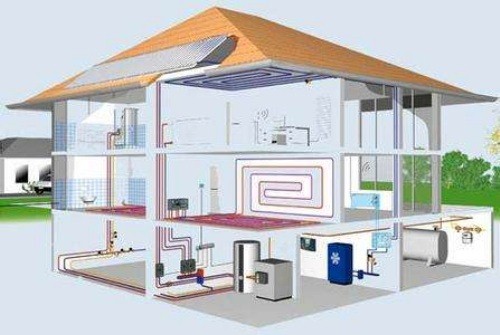current location:home>news>video
“building energy consumption can be reduced by 20% annually if traditional hvac systems were replaced by ground source heat pump.” said hu ping, professor of huazhong university of science and technology and director of ground source heat pump institute, in the 2017 summit forum of building energy conservation of yiju alliance on october 28. hu ping also recommended stepping up marketing of gshp technology and cutting building energy consumption.

statistics show that over 50% of energy consumption is resulted from thermal environment, i.e. utilizing hvac systems to keep comfortable indoor temperature. as people are increasingly aware of environmental protection, the pressing issue that faces building industry is how to replace traditional thermal insulation technology with a cleaner and more efficient approach.
in western developed countries, solar and geothermal energy are new energy resources for buildings. thermal energy technologies are developing toward maturity that not only affects people’s view on environment but also effectively reduces carbon emissions.
hu ping said that, on the surface, gshps for building heating and cooling require higher initial investment which increases housing costs. nevertheless, this investment cost can be recovered within 5~8 years by way of power saving. for example, although home prices have risen slightly, the decline of electric bills will benefit users in just a few years. gshps are good for not only our life but also our environment.
currently lots of real estate projects are branded energy-efficiency and constant temperature and humidity to attract home buyers. most of these projects use gshp technology. as china is paying more and more intention to the environment protection, green buildings have become the future trend. at this point, gshp technology will have a prospective market.